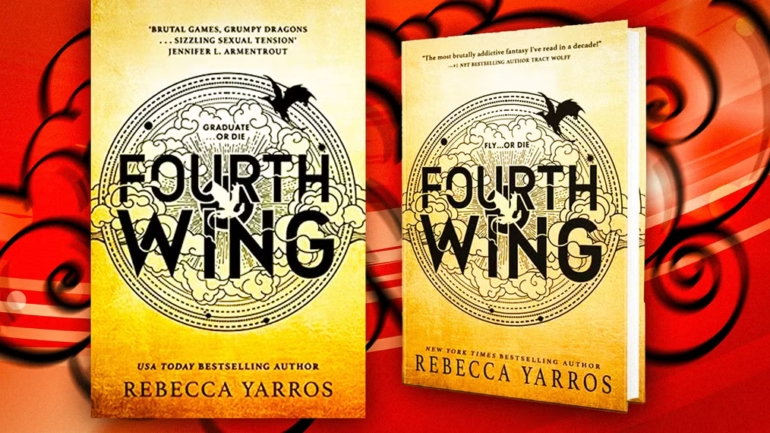Title: The Power of Remembrance: How a Silhouette Can Honor Those Who Served
Every year, on Remembrance Day, we pause to honor the soldiers who gave their lives for freedom. It’s a solemn occasion, but one that also serves as a reminder of the resilience of the human spirit. While poppies bloom in the fields of memory, the stark beauty of a silhouette can capture the quiet dignity of sacrifice. A silhouette, with its simple lines and shadows, conveys more than just an image—it tells a story. And on Remembrance Day, it’s the perfect visual metaphor for those who stood in the face of unimaginable challenges and still, somehow, managed to find strength.
Let’s talk about why a Remembrance Day silhouette isn’t just an art form—it’s a way to keep the memory of sacrifice alive.
The Magic of Silhouette Art: A Window Into the Past
A silhouette doesn’t need to show every detail. It doesn’t need the full color palette of a Van Gogh or the intricate detail of a Renaissance painting. No, the beauty of silhouette art lies in its simplicity. The shape, the form, the outline—that’s all you need to understand the essence of a figure. And when that figure is a soldier, standing tall with head held high, or kneeling in remembrance, there’s something deeply moving about the shadow of their figure standing against the sky.
There’s an air of mystery about silhouette art, isn’t there? By omitting the details, you’re forced to focus on what’s truly important: the posture, the stance, the emotion conveyed through body language alone. A Remembrance Day soldier silhouette—whether it’s of a solitary figure or a group—becomes more than just an image; it’s a symbol. It asks the viewer to imagine the life behind the silhouette, the struggles, and the sacrifices that were made.
Why Silhouettes for Remembrance Day?
On a day where we reflect on the past, the Remembrance Day silhouette art is a powerful choice. The soldier is often portrayed in the classic pose: standing tall, shoulders squared, and head slightly bowed. Sometimes, the figure is holding a rifle or standing before a grave, a lone sentinel in a sea of poppies. Other times, a kneeling soldier might be seen, reflecting on the immense loss.
These images aren’t just for decoration. They serve a higher purpose—they give us the space to pause, to reflect, and to remember. A silhouette Remembrance Day soldier encapsulates the idea of an individual standing in history, alone yet never forgotten. The absence of detail in the silhouette forces us to focus on what remains: courage, sacrifice, duty, and love.
And let’s be honest—there’s something universally relatable about a silhouette. It doesn’t matter where you’re from or what your background is. The powerful image of a soldier, captured in shadow, is something anyone can understand, no matter their story.
Adding Depth: The Symbolism of the Poppy
What really elevates the silhouette on Remembrance Day is the poppy. The bright red poppy stands as a vivid contrast to the dark figure of the soldier. While the silhouette represents the lives lost, the poppy represents the continuity of life, the respect we pay to the fallen, and the hope for peace in the future.
In Remembrance Day silhouette art, the contrast between the dark figure and the bright poppy is both simple and profound. It’s the yin and yang of memory: one side dark and somber, the other bright and hopeful. And together, they paint a picture of what Remembrance Day is truly about—honoring those who came before us, while keeping their memory alive in a world that’s always moving forward.
Why You Should Add Silhouette Art to Your Home
Now, you might be asking, “Why should I add a Remembrance Day silhouette to my home?” Simple. Because it’s a visual reminder. It’s not just about a date on the calendar or a moment of silence—it’s about what those moments stand for.
Imagine walking into your home and seeing a Remembrance Day silhouette on your wall. It’s a subtle yet constant reminder of the bravery and sacrifice that made everything you have possible. Whether you choose an iconic image of a soldier or a more abstract interpretation of remembrance, that artwork serves as a quiet sentinel in your home, asking you to pause and reflect.
If you’re an art enthusiast, you know the power of imagery. Art has the ability to transport us, to connect us to emotions, to history, and even to ourselves. A Remembrance Day silhouette art piece does just that. It becomes part of your daily environment, integrating the lessons of history into your present life, reminding you of the values you hold dear, and perhaps even inspiring you to honor them more deeply.
How to Choose the Perfect Silhouette Artwork
If you’re considering adding a silhouette remembrance day art piece to your collection, there are a few things to think about. First, what kind of message do you want to convey? Do you want a piece that honors the sacrifice of soldiers specifically, or are you looking for a more abstract reflection of the themes of remembrance?
You’ll also want to consider how the artwork fits into your space. A large piece on canvas may be the perfect focal point for your living room or hallway, while a smaller framed silhouette could make for a powerful addition to your office or study. Wherever you choose to place it, make sure it’s a space where you’ll be able to pause and reflect. The art you choose should not just fit with your decor—it should fit with your values.
In Conclusion: More Than Just an Image
A Remembrance Day silhouette is more than just a decorative piece of art—it’s a visual representation of memory, of history, and of the profound sacrifices made by countless individuals. It’s a piece that doesn’t just beautify a room—it deepens our understanding of the world, and our place in it. As you consider how to honor Remembrance Day this year, think about adding a silhouette to your space. It’s an art form that speaks volumes—quietly, yet powerfully.


